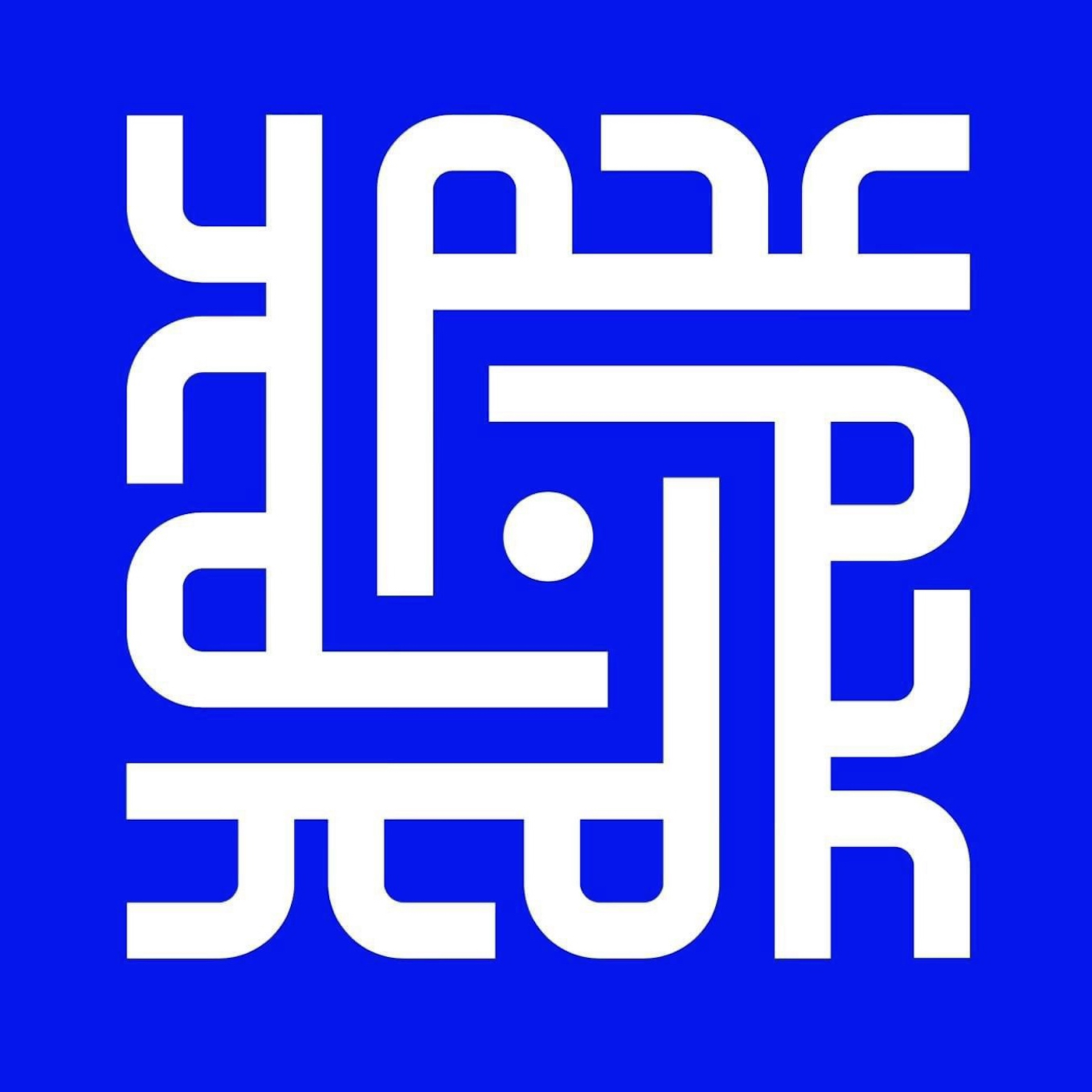
Happy Nowruz/Nawriz/Navruz/Novruz/Newroz everyone! Nowruz is an ancient festival marking the arrival of Spring, celebrated across the Middle East, Central Asia, the Caucasus, South Asia,...

In this episode, Ali and Lindsey are joined by Dr. Keelan Overton, an independent scholar in Santa Barbara, and Dr. Subah Dayal, Assistant Professor...

In this episode, Rustin and Ali interview Dr. Kelly Anne Hammond, Assistant Professor of East Asian History in the Department of History at the...